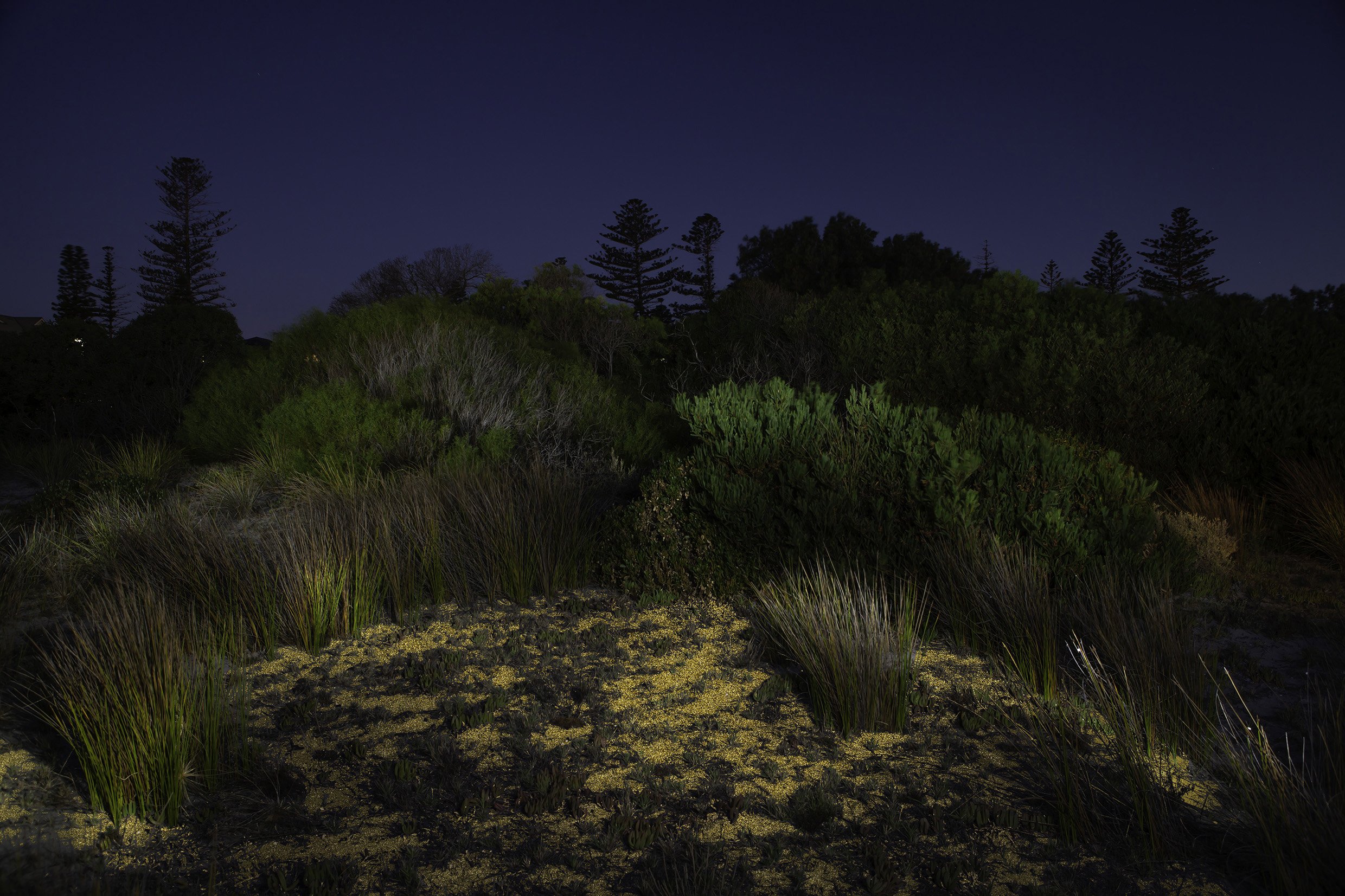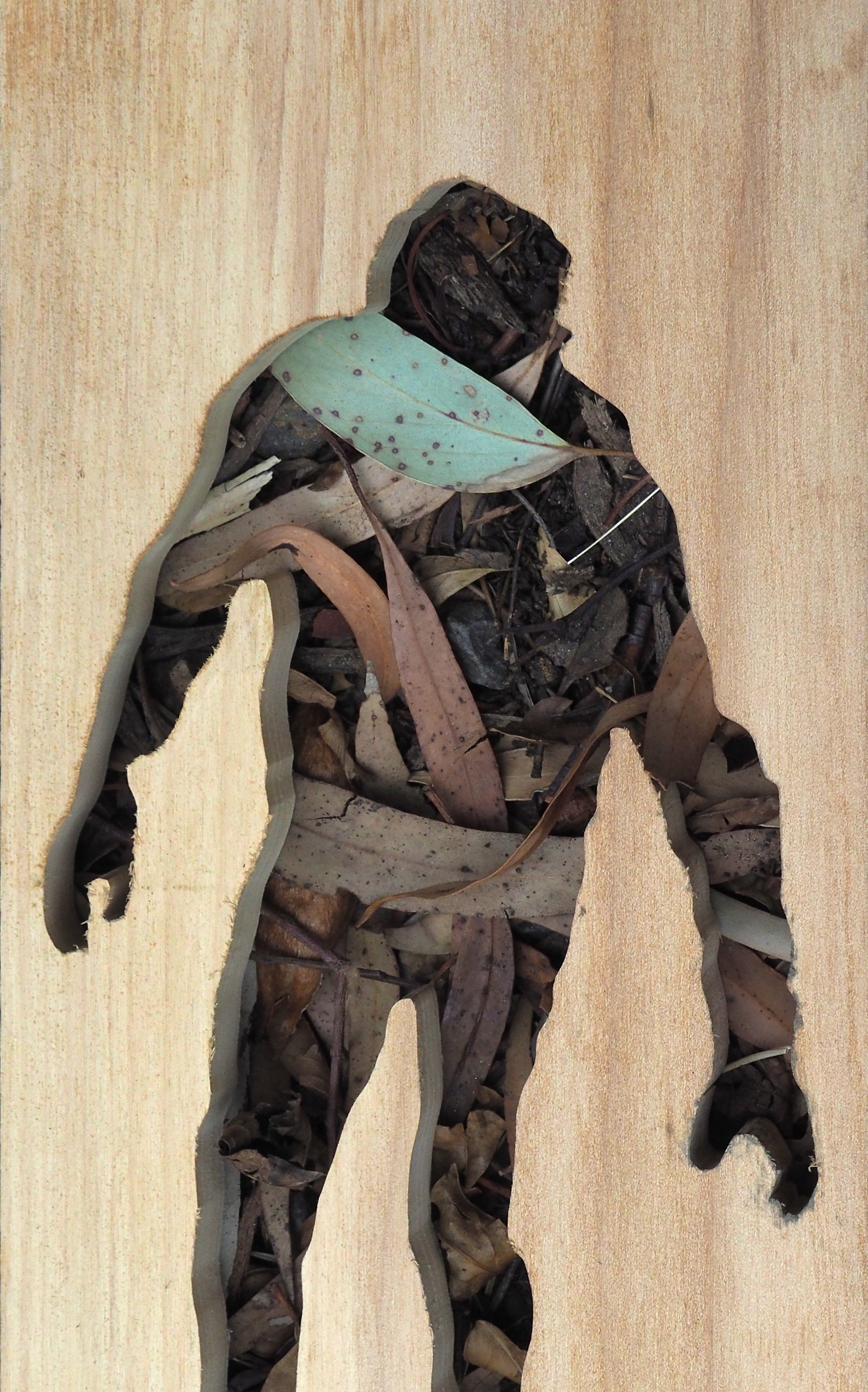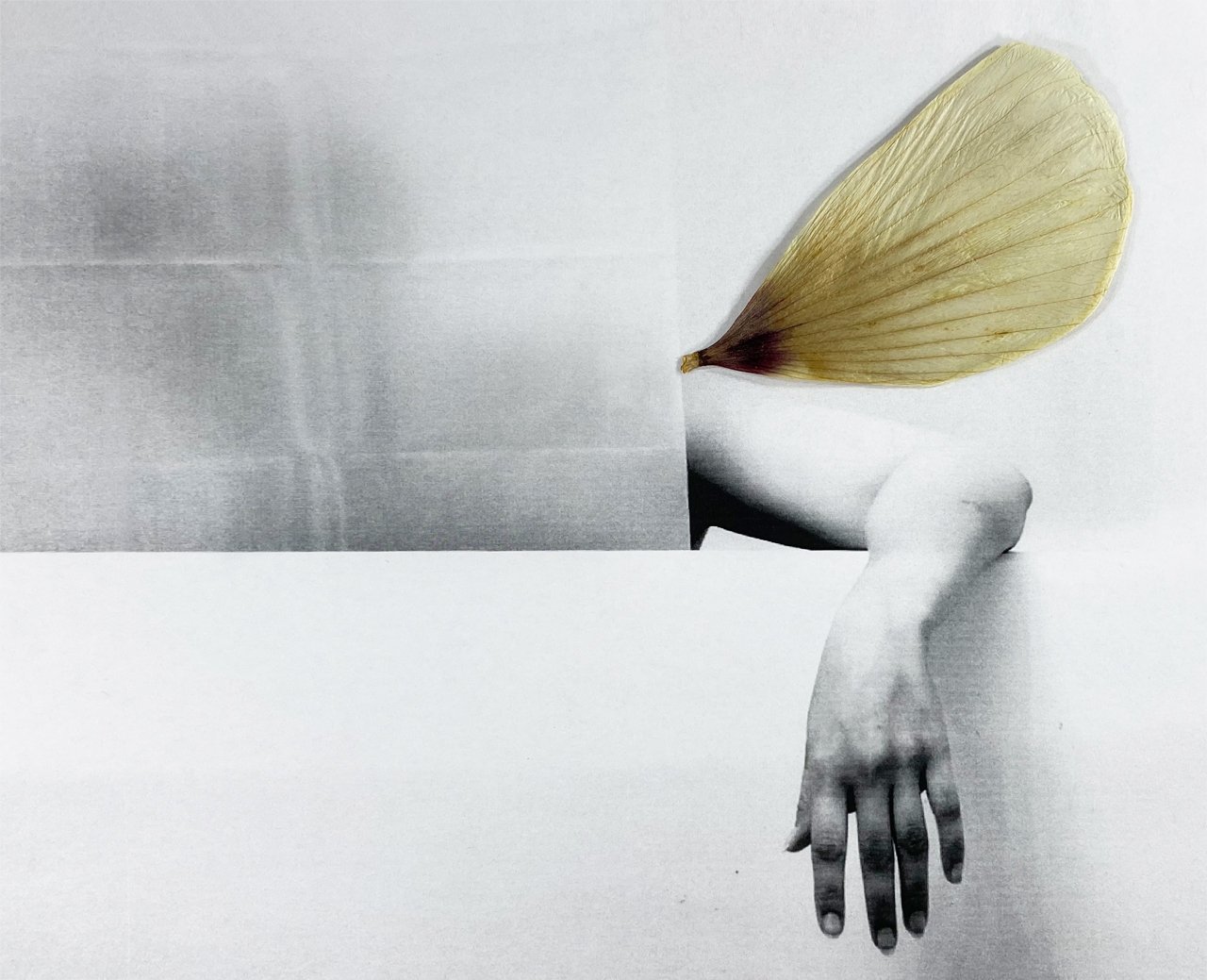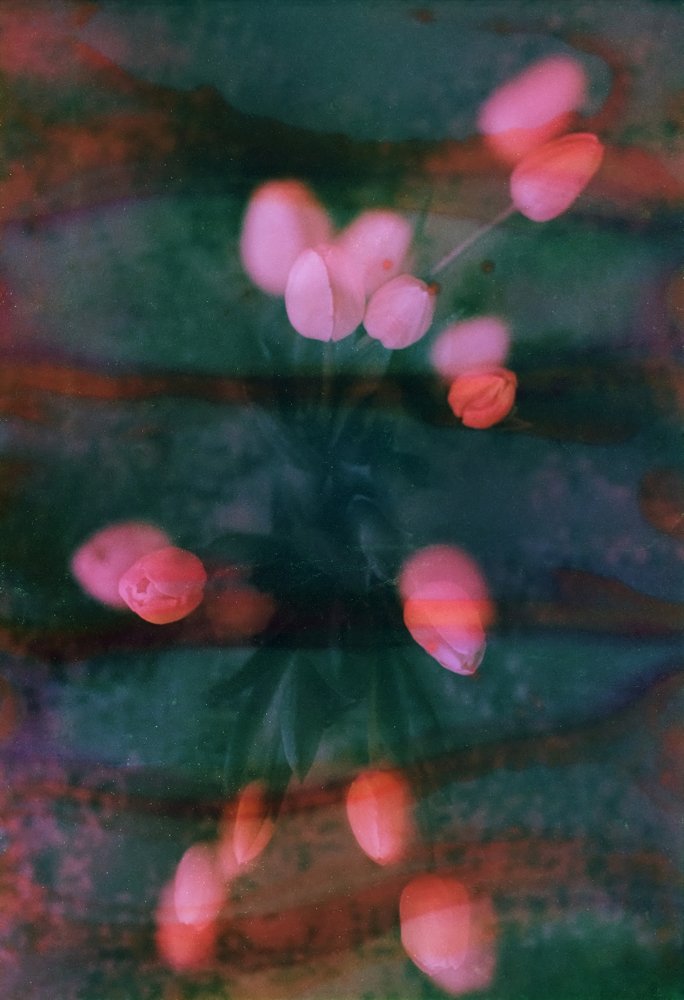Time Over – Restart
June 4 – July 26, 2022
Opening event launch Saturday June 18 at 2pm
Jenn Brazier, Rachel Harris, Ervin Janek, Mimi Kelly, Raheleh Mohammad, Matthew Schiavello, Beverley Southcott,
The Time Over – Restart exhibition considers different modes of photography and how these are metaphorically reframed and re-presented in the context of late digital photography.
This exhibition is on poetic expressions of photography that broadly fit within socio-political, environmental, and humanist (including human and non-human) narratives of the world today. It has been two to three years of difficult times with the impact of the Covid pandemic for the artists in this exhibition and generally within our communities. Therefore, as the curator, Beverley Southcott has asked artists to be in this exhibition to consider the human condition and our environments in thoughtful and considered ways.
This exhibition does this by considering several different philosophical enquiries within these overarching themes that photography can be many things and that it is always in a state of flux.
The artists invited into this exhibition are ones where their works are more experimental in nature and think outside the constrictions of photography and the traditional structures within this field.
These works show re-imagined artistic expressions of hope and inclusivity apart from neo-liberalism, recessive/redundant ways of thinking.
Jenn Brazier - Gilding Untruths, Giclee print on Photo Rag, glitter, 2020
Ervin Janek - Stooping Man Archival inkjet Print, 2019
Mimi Kelly - untitled 2021
Raheleh Mohammad - If Only Willingness Was Enough, digital print, 2020
Matthew Schiavello - Tulips #40, digital print 2020
Beverley Southcott - Aftermath Healing Space – Happening, digital print, 2021.
ARTIST BIOS
Jenn Brazier
Jenn Brazier’s artwork often uses long exposure and unconventional lighting techniques in an attempt to gain surreality from subjects and their surroundings. She finds that this quality lends itself more readily to her conceptual aims to delve into states of mind, rather than the documentation of a concept.
The photographic work, Gilding Untruths contemplates the extremes of negativity that can end up leading to a tipping point, and then potentially, to balance: in nature - with climate change and/or human growth; within humanity –war and political and social conflict; and more personally, within our very selves.
Notions investigated include liminality within anthropogenic climate change juxtaposed with the controlled and uncontrolled aspects of humanity; further, psychological battles within individuals.
There is an innate truth about nature. There appears to be innate untruths concerning humanity.
Rachel Harris
Rachel Harris, founder of Bit Scribbly Design, has a vast portfolio of public art, environmental and exhibition design, branding, photography, installation, illustration, and video work.
Rachel has a unique way of looking at the world and making connections. Coupled with humour and a vast well of creativity, Bit Scribbly Design has grown to be highly sought after by a particular clientele looking for strong, clever design work with a real point of difference.
Says Rachel...
"I spend my time taking photos, illustrating things, and graphically designing them into something. I'm a story teller.
My toolbox includes photos, inks, scissors, glue, text, and my big shiny Mac. I use them to tell stories. Sometimes the stories are for my clients and sometimes for my own work as a visual artist."
Ervin Janek
Thematically Janek is interested in our connection and interconnection with nature and each other, and the consequences of our disrespect for, and ignorance of, this fact. Degradation of our environment, degradation of other human beings, war, hostility and greed, as well as his personal (troubled) biography are all involved and reflected in his work, as is beauty, love, happiness, and the search for truth.
Dr Mimi Kelly
Dr Mimi Kelly is an artist and lecturer based within the Art History Department at the University of Sydney. Her art focusses on the catharsis of self-performative photography, nature and the allure of analogue photography. Her academic research interests include body politics and issues of sex, gender and identity in popular visual culture; photomedia and performance art. She is co-editor with Adam Geczy of What is Performance Art? Australian Perspectives (Sydney: Power Publications, 2018). She completed her PhD in 2019 through Sydney College of the Arts.
As was the case for many artists during covid lockdown, this work was created as a response to my immediate surroundings at that time. For me, geographically, this was the Royal National Park. The park is situated on Dahrawal country an hour or so south of Sydney. I live in one of two small villages that are located within the park, bordering Port Hacking, the ocean and the bush. As the oldest national park in Australia, and the third oldest in the world, it is a site of preserved natural heritage, teetering on the edge of the inevitable encroachment of industrialisation. The NSW government has recently approved large scale coal mining just to its West, the flow on affects will be the highly probable pollution of the pristine sandstone underground water reservoirs. In the 19th century, deer were introduced for the singular pleasure of men’s hunting. Today, this continues with legal culling and, grimly, illegal crossbow shooting; the carcass dragged out to the remote swamps to rot, the blood sport never really affecting numbers. While wallabies and many other native species have gone, the deer (although not their fault) remain, churning up the soil and reducing native habitat. The park includes remains of old houses and dwellings. Some were set up during the Depression, some are buildings rumoured to be of ill repute where ships would dock before heading to Botany Bay and Port Jackson. The sense is that the ruins of the original footprint of colonisers will be replaced in the future with expanding town limits, more expensive holiday homes, luxury lodges, mega boats and increasingly rubbish-strewn and deteriorating waterways. There is a deep sadness in the way that the landscape echoes what the East Coast would have been like before the European invasion, populated by Aboriginal Australians.
But at this moment the park remains mesmerising, precariously holding onto this spectre. Rock carvings of killer whales, stingrays and kangaroos are still visible on the headlands, the surrounding earth speckled with the white shell remnants of large middens. Wild beaches meet the few pockets of littoral rainforest (thickets of deep green tropical trees laced together by entwining vines) that have not been lost to the ravages of development. Secret waterholes can be found amongst the scrub; cold, green and clear with lurking fish and yabbies. This series of images (imperfectly and with awareness of my position as a non-Indigenous person) forms a meandering documentation of the interfacing of these worlds – the natural and the introduced. It uses old film and a collection of analogue cameras, from the more mechanically advanced to those found for a few dollars discarded in op shops. Of note, is that the need for technical perfection has been replaced by the utter pleasure of the unexpected and flawed. And what more can be said about this? Nothing that has not been said before. The aesthetic joy of seeing the quotidian abstractly morphed by the unlimited, latent potential of the combination of light, film and the technical apparatus has always been of fascination for photographers. This is the allure of leaning into atmosphere, of un-precious experimentation, of trusting one’s instincts and eye, of letting go of the contrived expectations of conceptual praxis.
This work takes this freedom as a starting point. It values time and the space to create without pressure. It follows an equally lackadaisical approach to, but utterly urgently desire for, artistic creation. It teeters around the edges of the antipodean gothic that is the Royal National Park; of course, never being able to capture its exquisite vastness, but instead gives a glimpse, a suggestion an impression. Essentially, this is what photography only ever is – but what also makes it such an alluring medium – the unbroken edge that connects aesthetic materiality and visual narrative with the unlimited realm of imagination and interpretation.
Raheleh Mohammad
Raheleh Mohammad is an Iranian born computer scientist who currently lives and works in Cleveland, Ohio, USA. Although she has had her formal education in the engineering discipline (and a Master’s degree as the result,) as a self-taught photographer, she has been doing photography for more than 10 years.
Life for her is like a long continuous picture, emerging frame after frame, which she sometimes borrows, to hold on to, to appreciate more deeply, to share with others and to interact with people she would otherwise not be able to engage with. Photography for her is a visual experience, which allows her to capture the moments that could convey either a narrative or a fading reality in a poetic interpretation.
She is endlessly curious about the fact that the world does not go away when we close our eyes. The pain, sadness, loneliness, failure, and death exist as well as comfort, happiness, companionship, success, and birth. To her both groups are sources of inquiry and inspiration, as she would rather truthfully accept all life has to offer, instead of ignoring them, pretend that everything is perfect, or should be perfect.
Matthew Schiavello
Matthew Schiavello (b.1972) is a Melbourne born photographer and visual artist. He works in various styles, from abstract, to the more representational, and self-portrait work. Matthew often works from a place of engaged curiosity. Exploring the boundaries of traditional photography by destroying 35mm film he has shot on, or by intentionally interrupting and manipulating 35mm film during the scanning process. He is often looking for the unique moment where skilled technique meets the uncontrollable, and something beautiful emerges.
My images have all started with internationally damaged the film. As someone who often looks for beauty in damaged, forgotten, or abhorred spaces, I am drawn to seeing worth and beauty in what is generally seen as being valueless. The images I present come from that tradition, but with a twist being that damage is intentionally done by me. In combining my technical skills/knowledge, with processes that hold an element of chance to them and are in part, uncontrollable, I look for the unique moments of beauty that are created and cannot be reproduced.
Beverley Southcott
My current artistic practice and academic research is within contemporary art theory and cultural and sociological studies on conflict and war in the 21st century predominantly and the late 20th century. This research mainly focuses on current and recent historical, world events that are mediated and shown on the daily world news feeds. From this visual information, I metaphorically re-imagine these images of conflict into abstracted landscape photography of light and colour to represent alternative spaces for peace, reconciliation, hope and resolve, within photographic images, video, and installation works. My artistic practice reflects the human condition and its impact on sociological structures within local and wider communities. It is a re-occurring theme that involves processes of reflection; reviewing and re-consideration towards respectful treatment of each other.
